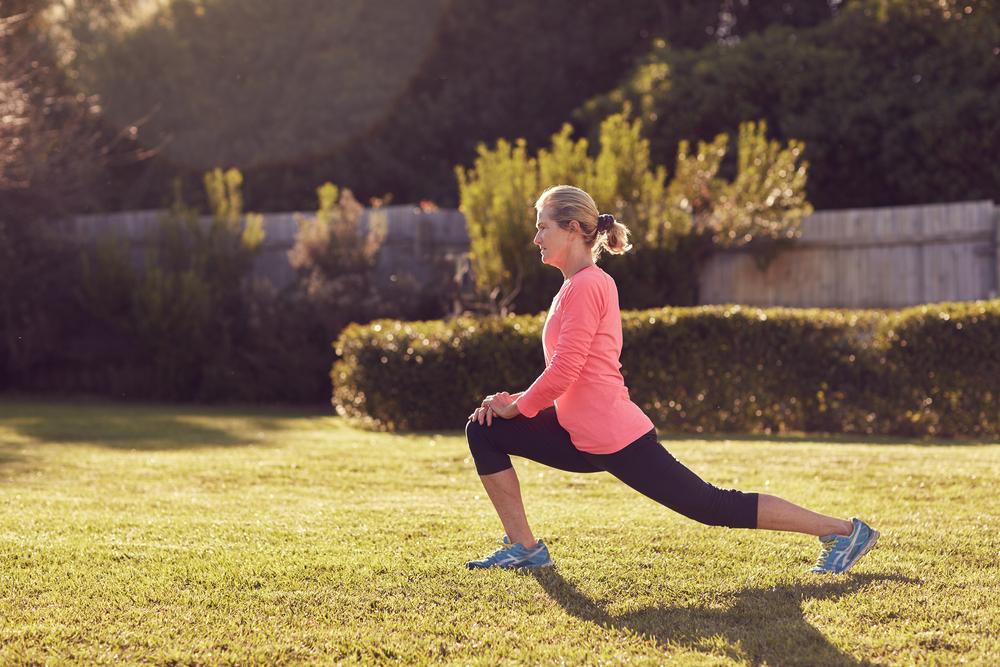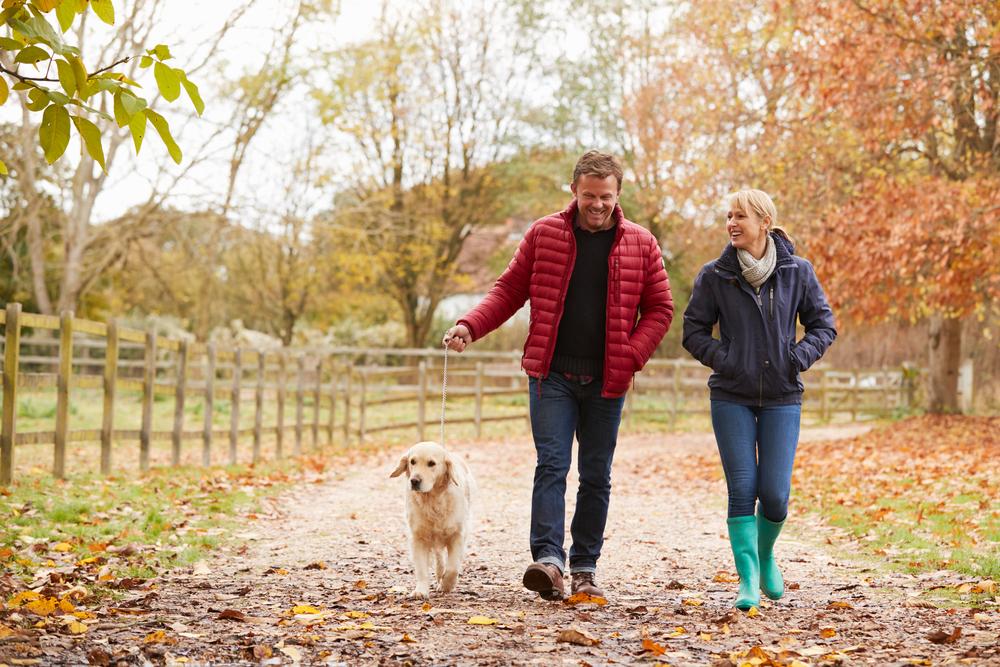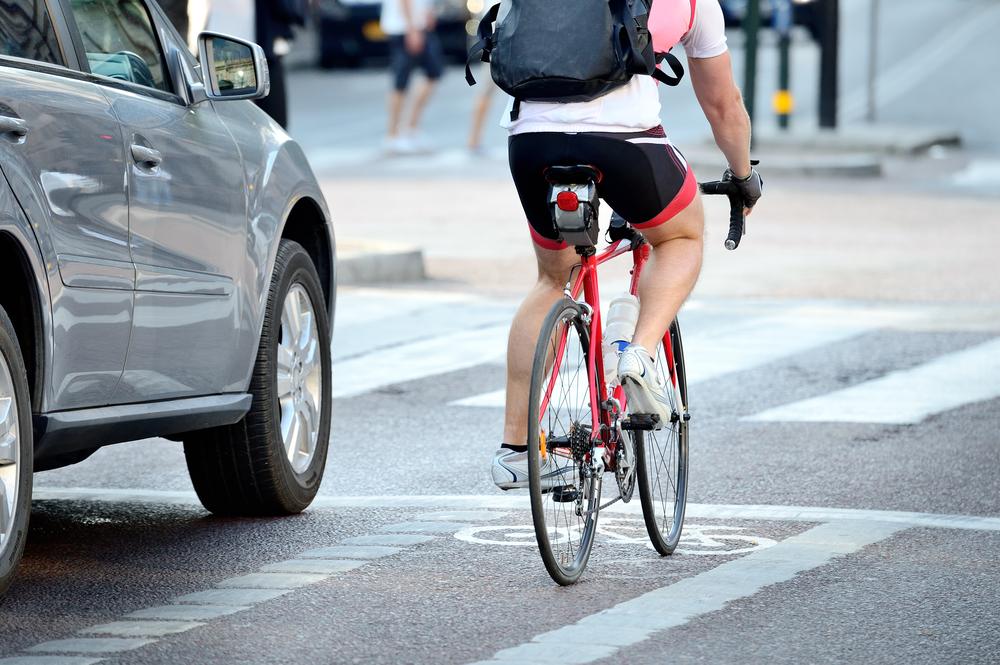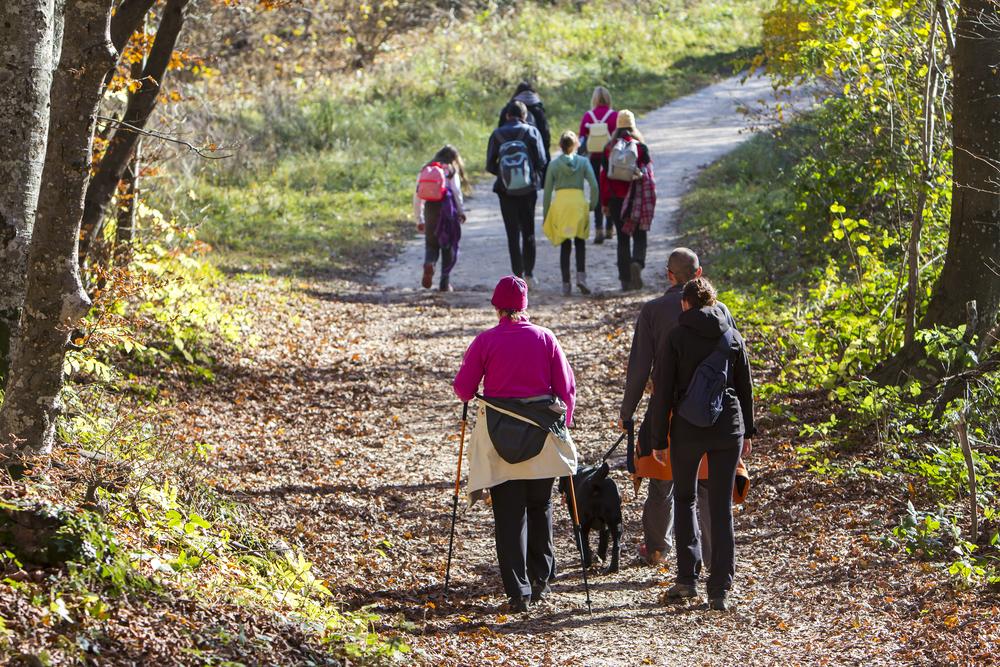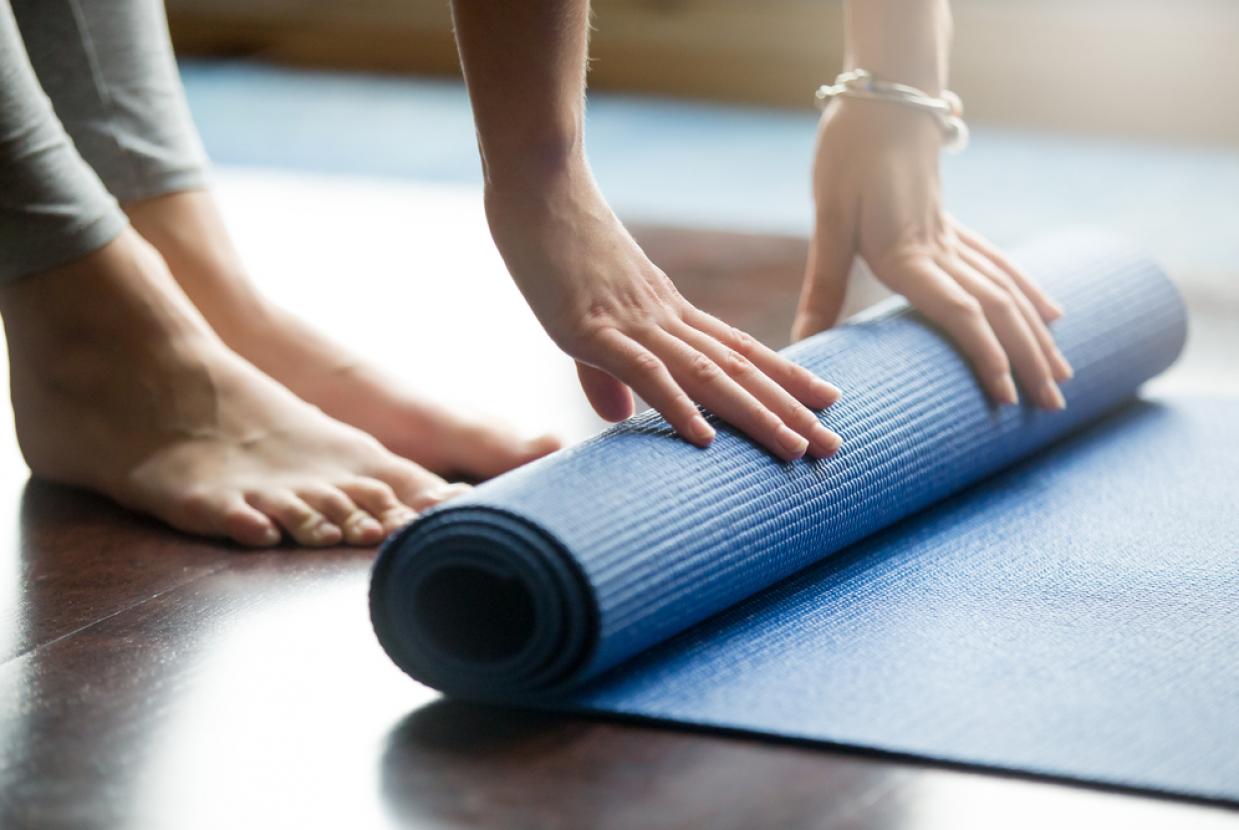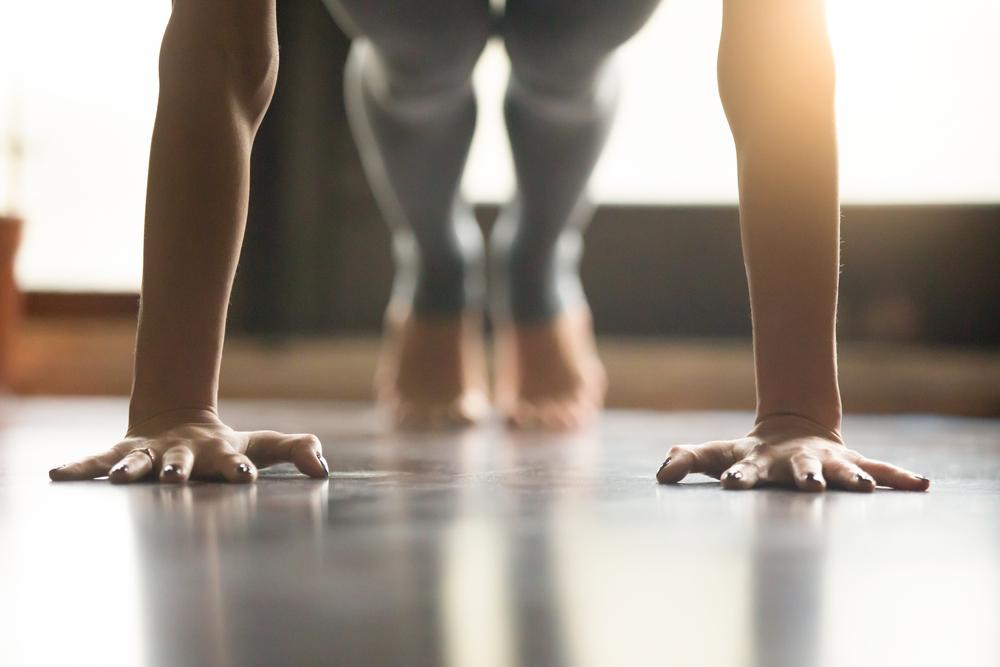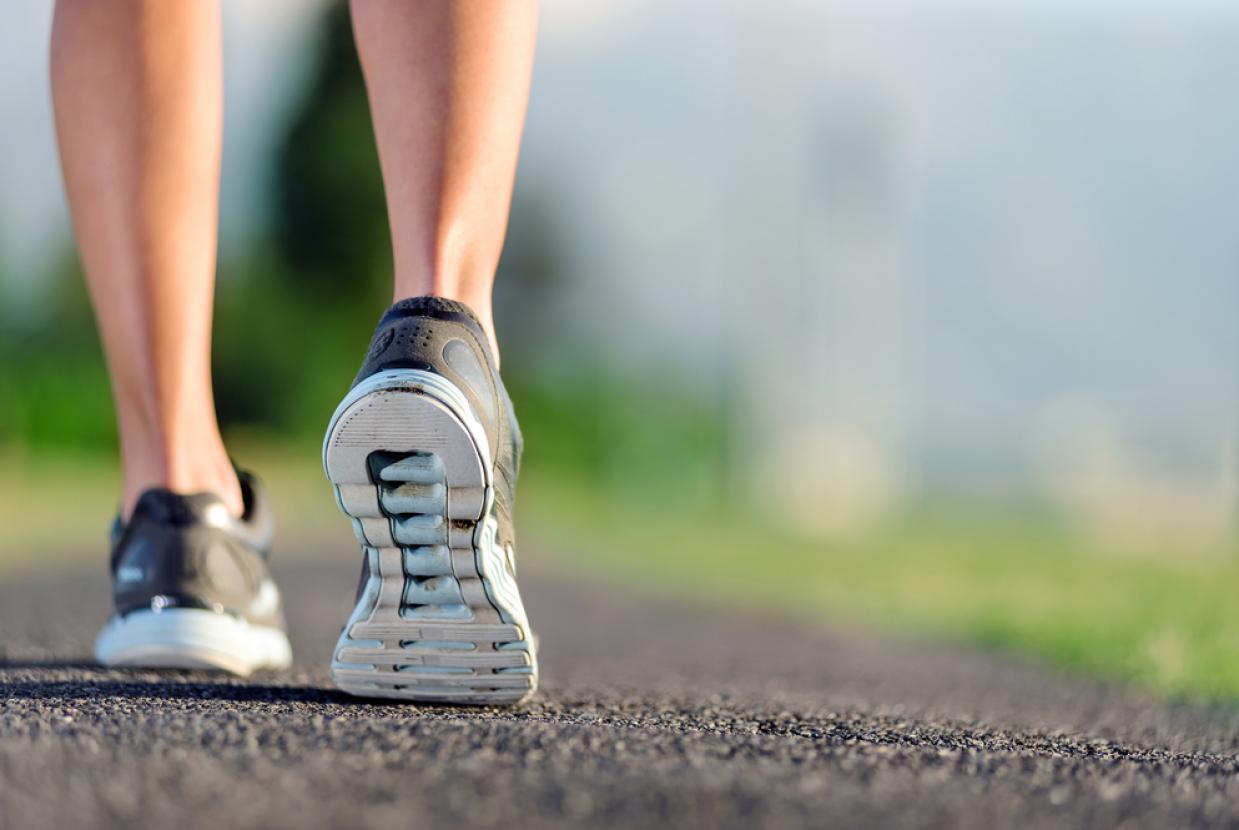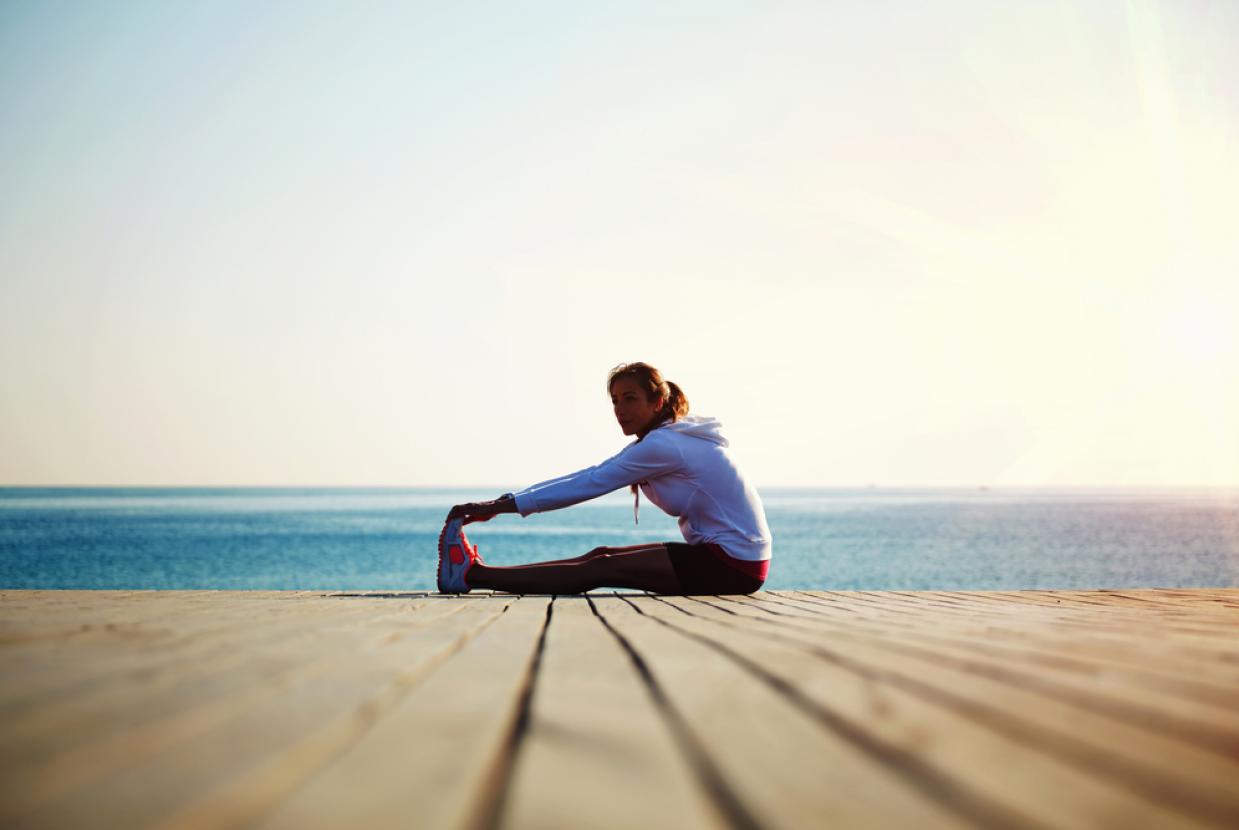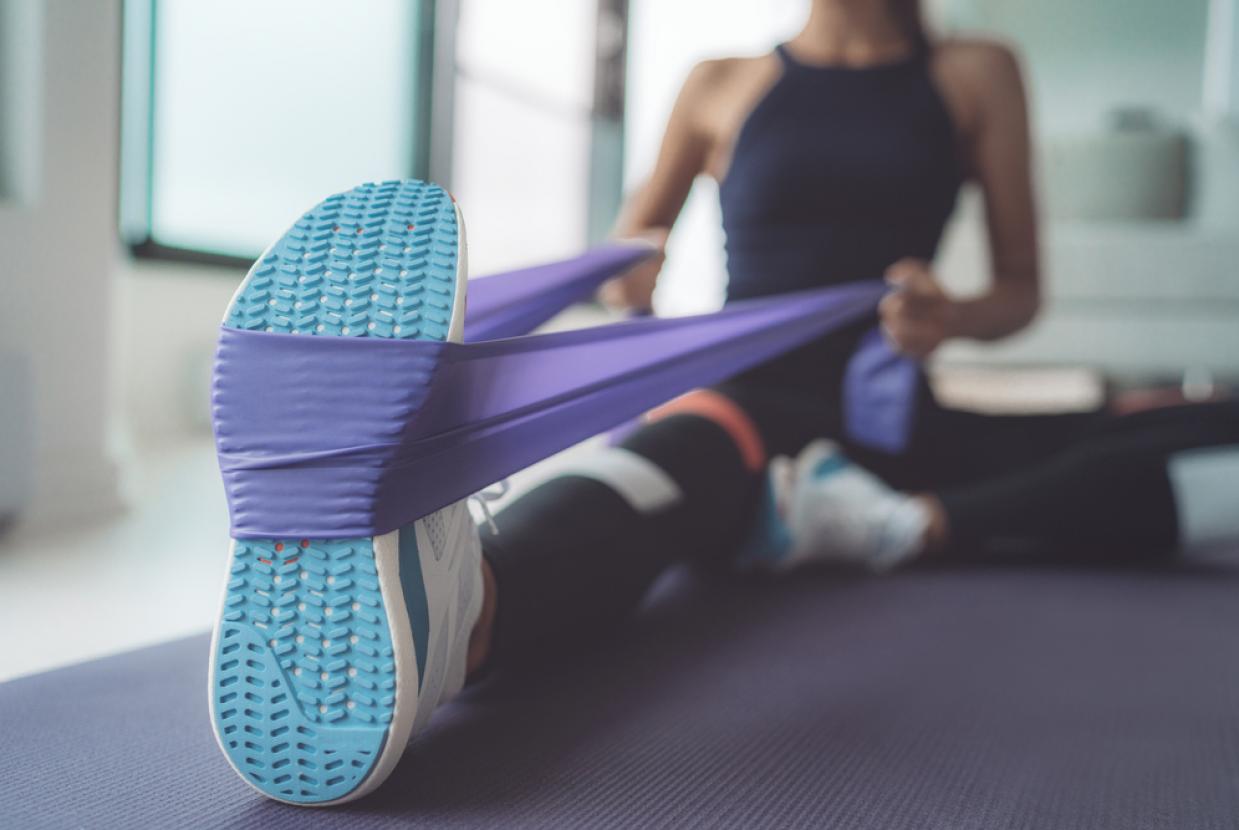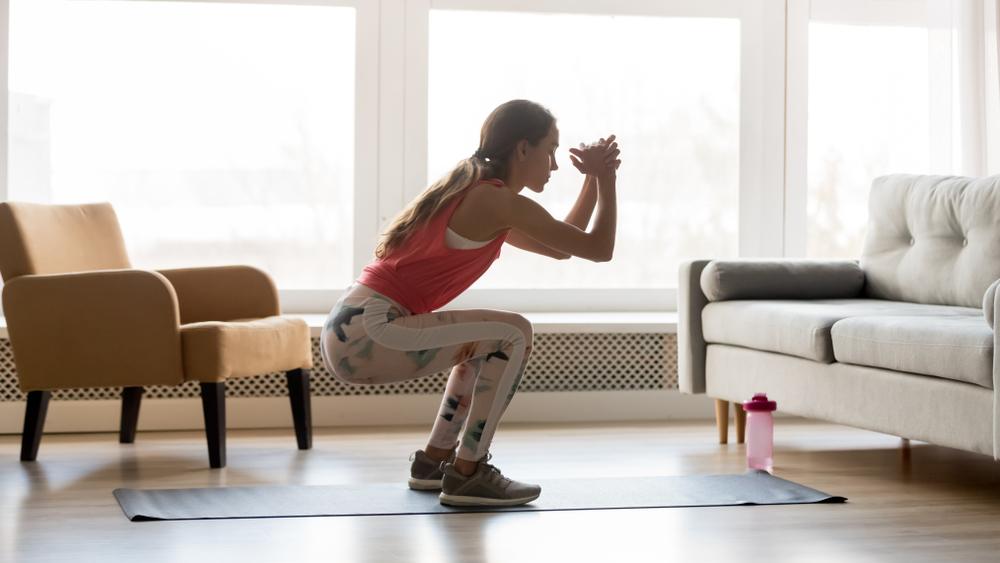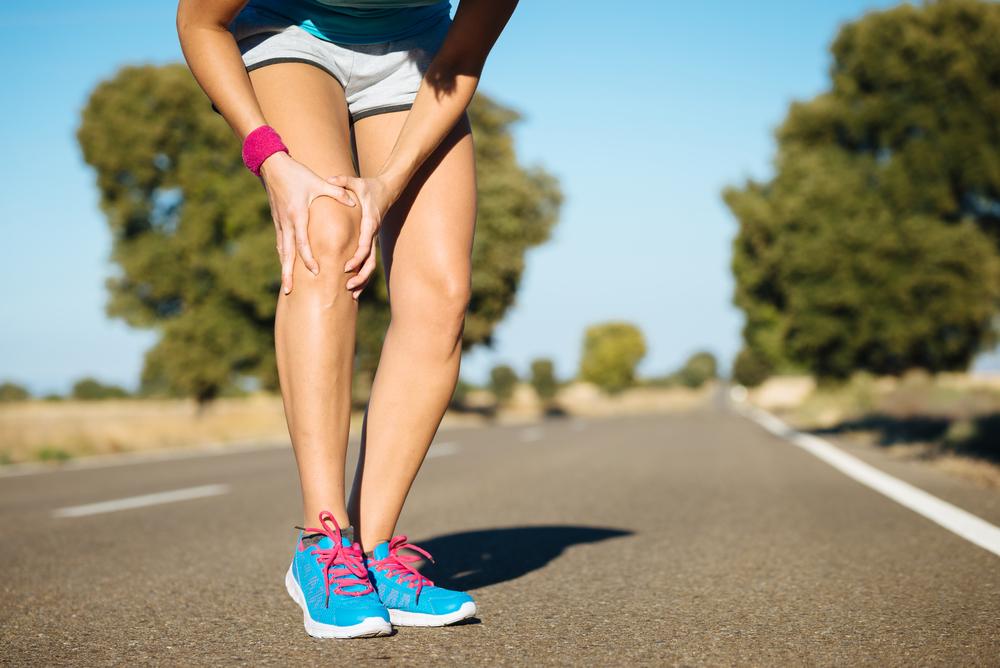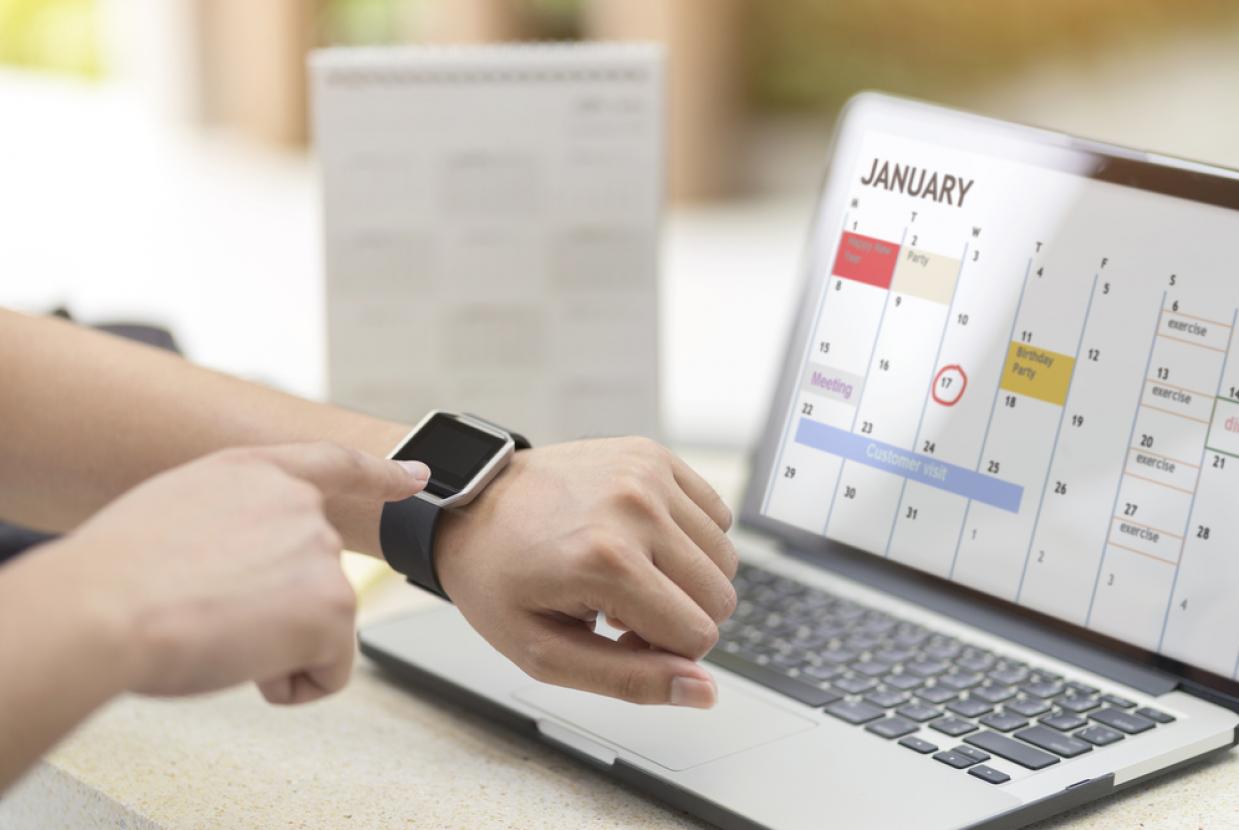Active Travel Month: Walking
Get Fit / Healthy WeightWalking is a simple, free way of getting more physically active. It's ideal for people of all ages and fitness levels. It's also easy to build into your daily routine and doesn't need any special equipment.
Walking has many mental and physical health benefits. It can also help you feel part of your community and reduce loneliness and isolation.
Many people don't think of walking as being exercise. However, you don't need to go to the gym, go swimming or play sports to get the benefits of being active. Walking is a great way of reaching the recommended level of physical activity we need to stay healthy.
How much walking should you do to improve your health?
For walking to count towards your recommended level of physical activity, you should walk at a pace that increases your breathing speed and heart rate.
Taking a brisk walk (as if you're late for an appointment) for just 30 minutes a day, at least 5 days per week, can help you feel good. For example, it can:
- improve energy
- reduce stress
- reduce your blood pressure
- manage your weight
- improve sleep
Health benefits of walking
Like other forms of moderate activity, regular walking is proven to reduce your risk of some chronic illnesses, including:
- heart disease
- stroke
- asthma
- type 2 diabetes
- obesity
- some types of cancer
Walking can also improve your mood and reduce your risk of depression. For older people, walking more often is great for increasing general mobility and muscle strength in the lower body. This can reduce the risk of falls.
Walking can also help maintain wellbeing and independence in people with long term conditions like:
- cancer
- COPD
- arthritis
- heart disease
- diabetes
Walking could also help you manage the symptoms of your condition and in some cases improve them.
Activity trackers for walking
Pedometers, smartphone apps and activity trackers are useful, motivational tools to help you track your walking progress. You can use them to set yourself goals and measure your success.
There's also social benefits of using activity tracking apps as they allow you to:
- join walking communities and groups
- share your step scores with friends
- compare steps with others as part of competitions
Get started
If you decide to do more walking, think about whether you can walk to:
- work
- the school run
- the shops
- visit friends nearby
Having a pet dog is also a great way to encourage you to walk more, you could even walk with a friends dog if you don't have your own!
Start with a little more walking
You can start walking by breaking the time into smaller chunks. For example, you could walk for:
- 10 minutes 3 times per day, or
- 15 minutes twice a day
Build this up to walk greater distances at a faster pace. Even a small increase in the amount of walking can bring significant benefits if you're currently inactive.
Walking equipment
Usually all you need is a pair of comfortable shoes, that allow you to walk comfortably and provide suitable support to your feet.
How to do more walking
Making small changes to increase the number of daily steps you take can lead to big health benefits. You should aim to establish a baseline of how many steps you currently do and aim to increase this gradually until you're walking for at least 2.5 hours per week.
You can increase your steps in simple ways.
Do
- take the stairs instead of the lift
- go for a walk on your lunch break at work
- walk after work with family and friends
- park further away from your destination and have a short walk
- walk for short commutes instead of taking the car
- use public transport so that you have a short walk at each end of your journey
- sign up for a sponsored walk for some extra motivation
Walking groups
For some, walking with other people provides motivation to not only start walking more, but to continue. Look for local walking groups, Health Walk groups or try going with friends or your partner.








